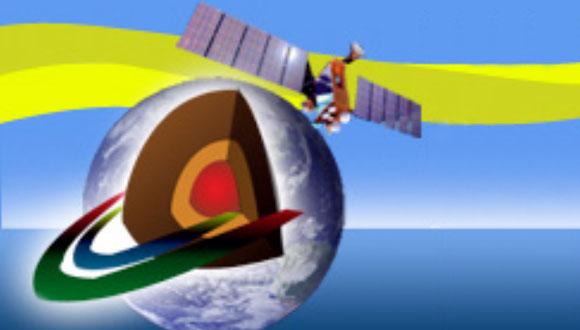Dept. of Geosciences Colloquium: Heavy precipitation events where there's no rainfall: Saharan rainfall climatology and its relationship with lake-filling episodes in the desert
Dr. Moshe (Koko) Armon, Institute for Atmospheric and Climate Science, ETH Zurich
Abstract:
The Sahara is the largest and driest of the warm deserts on Earth, with regions where rainfall reaches the surface on average less than once a year. Water resources are scarce, and rainfall tends to occur sporadically in space and time. Nevertheless, precipitation events can often be referred to as heavy precipitation events (HPEs). Therefore, while rain is a precious resource in the Sahara, it also has the potential to trigger flash floods on the barren soil, which may ultimately fill up endorheic lakes. The Sahara, however, was presumably much wetter during the early – mid-Holocene, embedded with large lakes which are currently dry. Moreover, climate change projections for the end of this century show that the world’s largest relative increase in precipitation (outside of the polar regions) is in the Sahara.
Because of the sparse rain gauge network and the relatively poor performance of global models in representing rainfall over the Sahara, the analysis of Saharan HPEs has primarily relied on case studies.
Therefore, general rainfall characteristics during Saharan HPEs are unexplored, the prevailing weather conditions enabling such rainfall are unknown, and their relationship with lake filling is obscure. In addition, while the identification of present-day lake-filling episodes via satellite imagery is relatively easy to implement, volumetric estimations of these fillings are non-existent in literature. However, comparing precipitation volume with lake volume is essential in reconstructing paleoclimate conditions.
To tackle these problems, we utilised (a) satellite-derived precipitation estimations (IMERG) spanning 21 years (2000-2021) to identify ~42⋅103 small (>103 km2) to large (<106 km2} HPEs in the Sahara and to extract their rainfall properties, (b) atmospheric reanalyses (ERA5) to examine the corresponding meteorological conditions, (c) identified lake filling episodes from recent decades, and (d) developed a methodology to extract the water volume stored in such lakes based on satellite measurements.
Saharan HPEs occur, on average, every second day. They are more frequent in summer than in the other seasons, occur most frequently in the southern Sahara and exhibit a clear convectively-driven diurnal cycle. Winter events have, on average, larger spatial extent, longer duration and are characterized by larger areas exhibiting more extreme rainfall in terms of return periods. In the drier part of the Sahara, north of the Tropic of Cancer, events are highly associated with surface cyclones.
HPEs that were associated with cyclones are characterized by larger spatial extent and rainfall volume and also contribute to the largest lake filling events through the convergence of moisture into the region. Considering that weather and climate models often depict weather systems more accurately than rainfall patterns, the association of Saharan HPEs with surface cyclones and other synoptic-scale systems can aid in comprehending the effects of climate change in the desert.
Event Organizer: Dr. Roy Barkan


